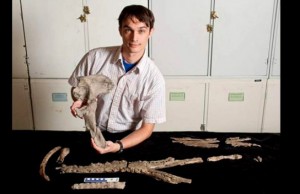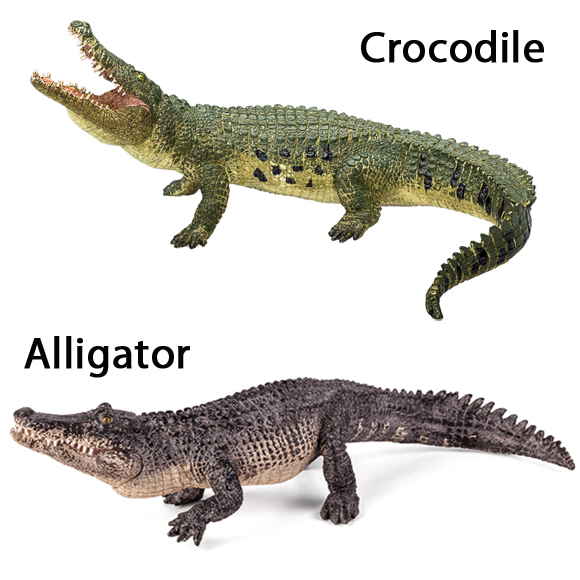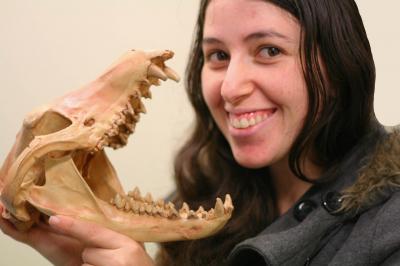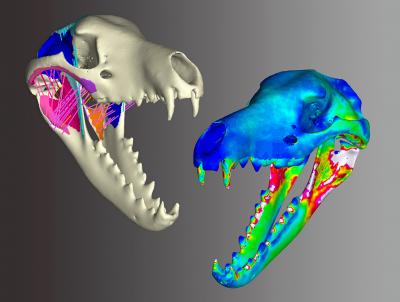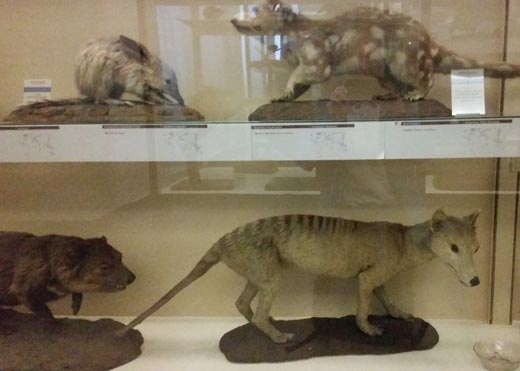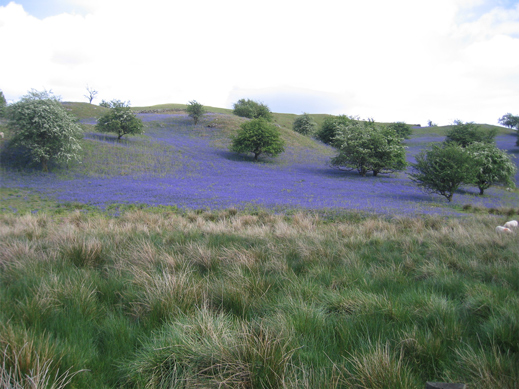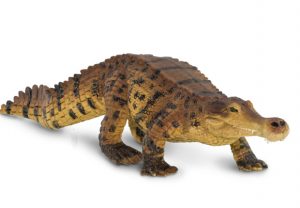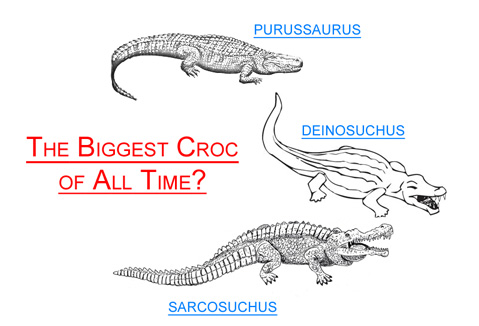News stories and articles that do not necessarily feature extinct animals.
Exotic Pets – Victims of the Economic Downturn
Caiman Dumped Outside Pet Shop
With the economic downturn and with a large number of people finding it hard to manage their finances many expensive to keep, exotic pets are being abandoned. A three-foot long crocodile was dumped outside a pet shop in the West Midlands yesterday (Thursday).
Jim Wick, owner of Wickid Pets in Wolverhampton, found the South American reptile in a plastic box when he arrived at work on Thursday. The caiman, which measures nearly a metre long and would have been quite capable of doing Mr Wick some serious damage had it chosen to, has been taken in by the exotic animal specialist, who admits he was lucky not to lose a chunk of his arm after making the discovery.
Exotic Pets
This is one of a number of recent examples of rare and exotic pets being abandoned by their thoughtless owners, perhaps after out-growing their homes or simply as a result of the owner deciding not to keep their expensive pet any more.
Jim stated:
“I thought it might have been kittens or turtles because we often have animals left outside by people who don’t want them any more. I put my hand in straight away to test the warmth of the water. I’m lucky it wasn’t aggressive because it could have had my hand off.”
Mr Wick recovered quickly from the surprise, and picked up the animal and took it to one of his reptile vivariums. He hopes to be able to re-home this crocodylian, an animal more accustomed to the Amazon than Wolverhampton, at a local Safari park.
Staff at the pet shop have been looking after the female caiman, which they have named “Snappy the Christmas Crocodile”, it is possible the animal was lost and the staff are hoping that the reptile can be reclaimed, however, given how the animal was found, it is suspected that this unfortunate reptile had simply been abandoned by its former owner. The crocodile has not been micro-chipped so it is quite probably an animal that has entered the country illegally part of the large, illicit exotic pet trade in the United Kingdom.
An Abandoned Caiman
Mr Wick said he was more than happy to keep caring for his latest visitor, which is capable of growing to a length approaching three metres.
Mr Wick has contacted the police to find out whether there have been any reports of missing crocodiles but to no avail. However, he has his own suspicions about what has happened.
“Some people aren’t given the correct facts when they buy animals like this and they find them too much to cope with.”
Given the expense of keeping such an exotic pet it is also likely that the former owner simply could not afford to keep their pet any more. This instance is one of a number of recent cases of exotic pets being abandoned as the economic downturn bites. It seems that even crocodiles are not immune to the recession.
A spokesperson for Everything Dinosaur urged anyone considering the purchase of an exotic pet, perhaps as a Christmas gift to think very carefully and to take professional advice before making a such a commitment. The spokesperson commented that crocodiles are not appropriate pets and even hatchlings are capable of injuring people. They went onto add that any exotic pet procurement needs to be “thought through extremely carefully, as it represents a commitment of many, many years”.
For dinosaur models, toys and games, visit Everything Dinosaur’s award-winning website: Everything Dinosaur.


